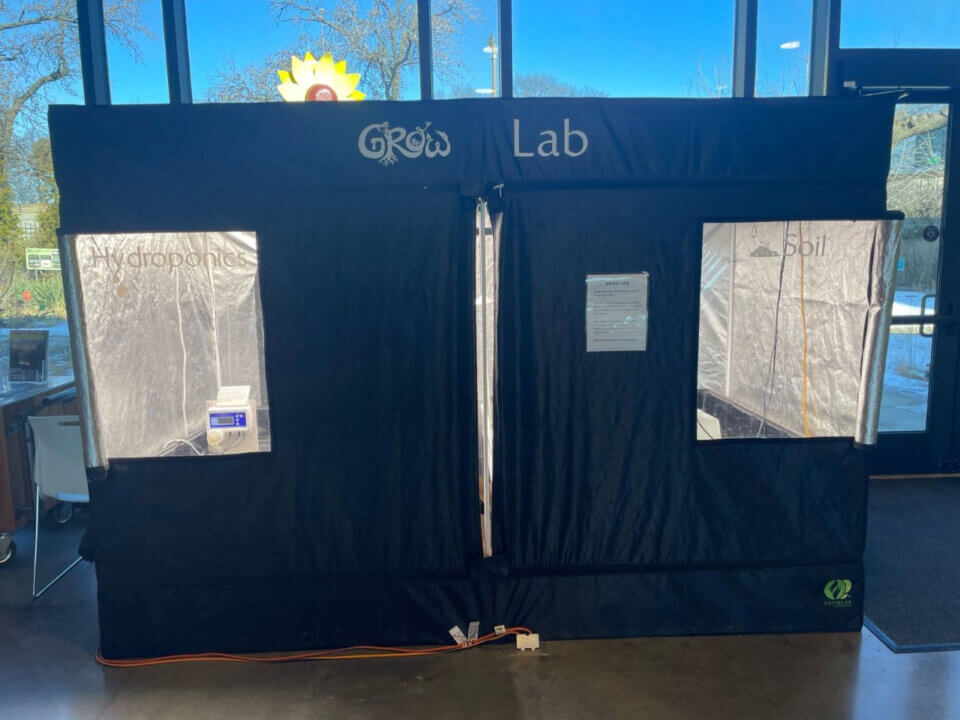May 2, 2022 Tonight at 9:30 pm, the Spring Diamond will be high overhead to the Southeast. The Spring Diamond is not an official constellation, but a group of bright stars that can be used to navigate the spring sky. To find the first star in the Spring Diamond look for the big dipper and… Continue reading
Astronomy Fact of the Day: May 1, 2022
May 1, 2022 The surfaces of Mercury and the Moon are covered with impact craters. This is primarily because neither of these bodies have a substantial atmosphere, which means meteors hurtling toward them frequently impact the surface instead of burning up. Earth however is protected from many smaller impacts by our atmosphere. When a meteor… Continue reading
Astronomy Fact of the Day: April 30, 2022
April 30, 2022 Tonight is the second new moon of the month. This phenomenon occurs approximately once every 29 months. The second new moon in a month is sometimes referred to as a Black Moon; however, there are several lunar phenomena associated with the term. Due to the presence of time zones, it is possible… Continue reading
Night Sky Update: April 29 – May 7, 2022
This is the Saint Louis Science Center’s NIGHT SKY UPDATE for the week of Friday, April 29, 2022. Information updated weekly or as needed. Times given as local St. Louis time which is Central Daylight Time (CDT). For definitions of terminology used in the night sky update, click the highlighted text. If relying on times… Continue reading
Astronomy Fact of the Day: April 29, 2022
April 29, 2022 As International Dark Sky Week comes to an end, remember that combatting light pollution doesn’t mean you have to omit all lights or compromise on safety. We should, however, be using lighting responsibly. Try to only use lights where and when they’re needed, and only in the amount required. Try some of… Continue reading
Astronomy Fact of the Day: April 28, 2022
April 28, 2022 The Moon consists of very old bright white and grey areas called the lunar highlands, and younger flat dark areas called maria. The maria are ancient impact craters that filled with lava. The lava cooled to form a dark volcanic rock called basalt. The side of the Moon we see (near side),… Continue reading
Dutch Tobacco Box
Known as a “Dutchman’s Log,” this brass and copper tobacco box is much more than it appears. Designed especially for mariners, the outside of the box has an inscribed speed table to calculate a rough estimate of how fast the ship was travelling each day, and a perpetual calendar that helped the sailor work out… Continue reading
Getting started with indoor growing
Lila Waier, owner of Grow Gear in Saint Louis, talks about what equipment you need to get started with an indoor grow. Lila has generously donated equipment and materials to help keep our GROW Lab growing strong.
Astronomy Fact of the Day: April 27, 2022
April 27, 2022 This morning at 5:15 am the Moon, Venus, and Jupiter can be found close together above the eastern horizon in the constellations of Pisces and Aquarius. Neptune is also less than 0.5° from Venus; however, it is too dim to see with just your eyes. Additionally, Mars and Saturn are visible just… Continue reading
Astronomy Fact of the Day: April 26, 2022
April 26, 2022 To celebrate International Dark Sky Week, take some time with family or friends to complete the Dark Sky Scavenger Hunt. By participating in this scavenger hunt you’re helping spread awareness for and fighting against the problem of light pollution. Visit https://idsw.darksky.org/#take-action to find your scavenger hunt guide and other fun activities relating… Continue reading








